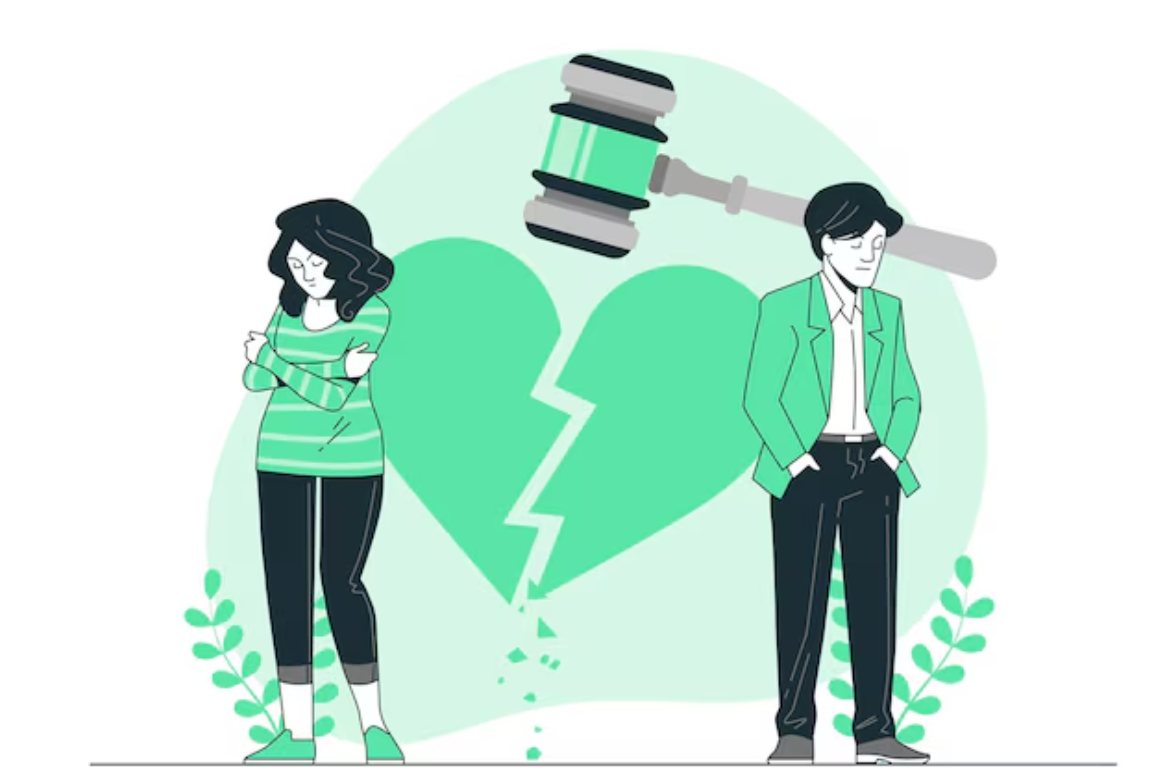
Doctrine of Relation Back
INTRODUCTION- Law includes certain legislatures, statutes, Precedents, guidelines given By the Judiciary, and doctrines. The doctor of relation Back is one of the important doctrines that is frequently used by the courts on several cases as per their facts and circumstances. This doctrine is applicable just to do complete justice and its application can never be used to change or contravene the provisions of law. As per the black’s law dictionary, this doctrine means an act done today is considered to have been done at an earlier time’. Simply, the present acts of a person are linked with past acts also.
Purpose of the Doctrine of Relation Back
The main object of this doctrine is to avoid limitations and restrictions in a case, and it reduces the chances of mistakes. It can be used as a Tool or weapon by the judiciary just to decide a case with fairness.
Application of the Doctrine of Relation Back
This doctrine is used in different legal provisions, such as the following:
1. Order 6 Rule 17 CPC- This allows amendments in pleadings at any stage to determine the real dispute between the parties.
2. Sec. 47 Registration Act- As per this provision, any registered document Comes into effect from the date when it was created, not from the date when it was made.
3.- Application in Hindu law- Mostly, this doctrine is used in Hindu law, specifically in the concept of adoption and inheritance.
Relationship between the doctrine of relation back and Hindu law
This doctrine has a great role in determining the rights of a child given or taken in adoption. Adoption means the transfer of a child from a family in which he is born to another family. Earlier Hindu law was uncodified law and this doctrine permits the adopted child to inherit the state of his deceased adoptive father as though he was born to him in his lifetime. In other words, if a Hindu widow adopts A son after the death of her husband then in this situation, the adopted son will be considered the adopted son of the deceased husband also and he will be entitled to inherit the estate of the deceased adopted father. This Principle is applicable only when there is a question regarding the succession of the deceased father‘s property.
After that Hindu Adoption and Maintenance Act, of 1956 came into force and this doctrine was abrogated. According to section 12 of HAMA, this doctrine the child will be considered the child of the adopted family from the date of his actual adoption. Presently, this doctrine of relation back is still in existence, in the sense, that if the widow adopts the child, then that adopted child entitles the relationship with the diseased husband of that Widow, and thereby the deceased becomes the Adopted father of the child in adoption
Shri Mahesh Versus Sangram and Others' Case of 2025
In this case, the dispute was regarding the properties of the owner who had two wives. One wife was his legally wedded wife, and she had no children Hence, she consented to Her husband, who is the owner of the property to marry someone without dissolving the first marriage. From the second marriage, two children were born, and the owner of the property. He died leaving behind these two children and his two wives. After his death, his first wife filed a suit against the second wife and both children for partition and possession of the properties. This suit was settled through a compromise in which the first wife allotted 9/32 shares. And after she adopted Mr. Mahesh as her son. At the time of adoption, his age was 21 years. This adoption Deed was signed and registered By, the natural father and first wife. After adoption, The adopted Son relinquished His right in his natural family, and he filed a suit by claiming that he was entitled to half share in the suit property and demanded partition of the suit property.
Hon’ble Supreme Court decided that- “A legal principle known as the Doctrine of Relation Back permits some rights or acts to become operative retrospectively from a date earlier than the actual date of occurrence”. It was held that the adoption of the child was legal and valid and he was entitled of the properties as a sole heir of the adopted mother i.e. the widow of the owner of the property.
Thus, The apex court gave a balanced judgment by upholding valid transactions and protected the rights of the adopted son against invalid alienation.
